This post has been sponsored by Chianti Classico. The following message is intended for those 21+. All opinions expressed are my own. Please enjoy responsibly.
Nestled in the heart of Italy, Tuscany stands as one of the world's most esteemed wine regions. From the sun-kissed hillsides to the fertile valleys, Tuscany's landscape provides an ideal environment for cultivating grapes, with a unique combination of Mediterranean climate, limestone-rich soil, and cooling coastal influences from the Tyrrhenian Sea. Tuscan wine, however, is perhaps best known for the Sangiovese grape, and the beloved Chianti that this grape produces.
And that is exactly what we're taking a look at today in the form of San Felice's 2020 Chianti Classico. As always, we'll start this feature off with a look at the region this wine hails from, before moving on to sampling the wine itself. After that, we'll close things out with some pairing and serving suggestions.
Now, let's get to it.
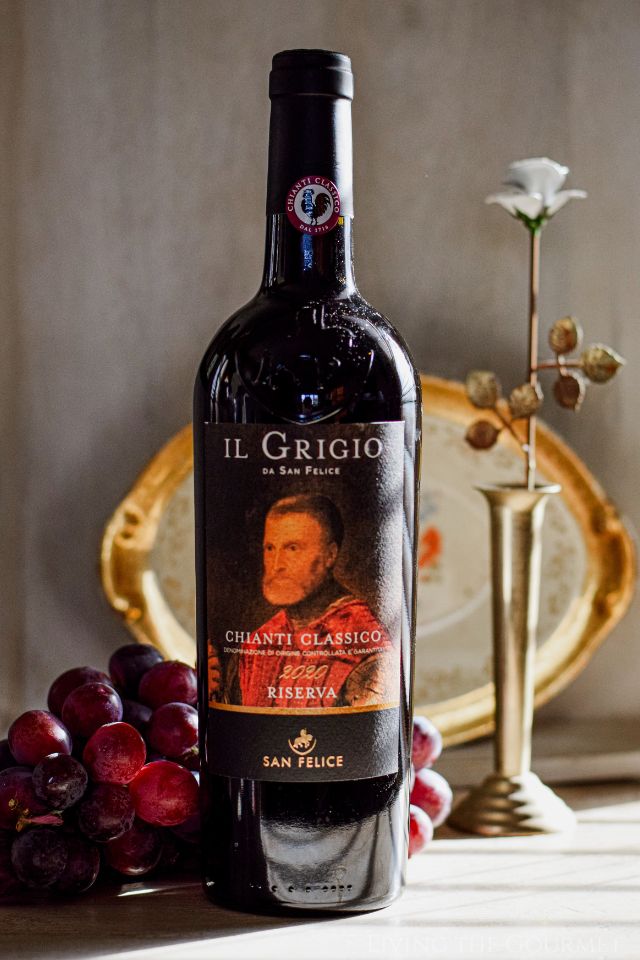
The Where - Tuscany (Chianti DOCG), Italy
Today's bottle comes to us from Tuscany, which is arguably the most iconic wine region within Italian winemaking - which in turn makes it "One of the most iconic regions in 'all' of winemaking."
In turn, the Chianti DOCG, (Denominazione di Origine Controllata e Garantita, or Denomination of Controlled and Guaranteed Origin), is the single best-known Italian wine region within Tuscany, and not without good reason. Chianti, produced from Sangiovese grapes, is recognized for its assorted cherry aromas and flavors, along with pleasantly contrasting savory notes, rich acidity, and full tannins. The first Chianti wine zone dates back over three hundred years to 1716 courtesy of Grand Duke Cosimo Medici. Recognizably 'modern' Chianti, the 'style' or blending of Sangiovese that we all know and love today, dates back to the 1800s, courtesy of Barone Ricasoli of the Castello di Brolio winery.
Outside of the Chianti DOCG, Tuscany is divided across a whopping forty-one DOCs and 11 DOCGs, Italy's regional classification system, which regulates how and where wines are made. Aside from production methods and geography, this classification system also sets rigid quality standards, including but not limited to standardized taste testing.
However, despite the literally dozens of specified production areas and methods into which Tuscany is divided, the bedrock of Tuscan winemaking is a single varietal - Sangiovese. Sangiovese so dominates the region that it is almost impossible to talk about Tuscan winemaking without giving mention to the grape that produces the dry red wines for which Tuscany is famous. Prized for its high acid, 'pleasantly firm' tannins, and balance, a quality wine based on Sangiovese will evoke images of ripe dark cherries and black stonefruit, perforated with stark herbal notes. Chianti, Vino Nobile di Montepulciano, and Brunello di Montalcino (all of which we've reviewed here on Living the Gourmet) are just a few of the world-renowned wines produced from Sangiovese.
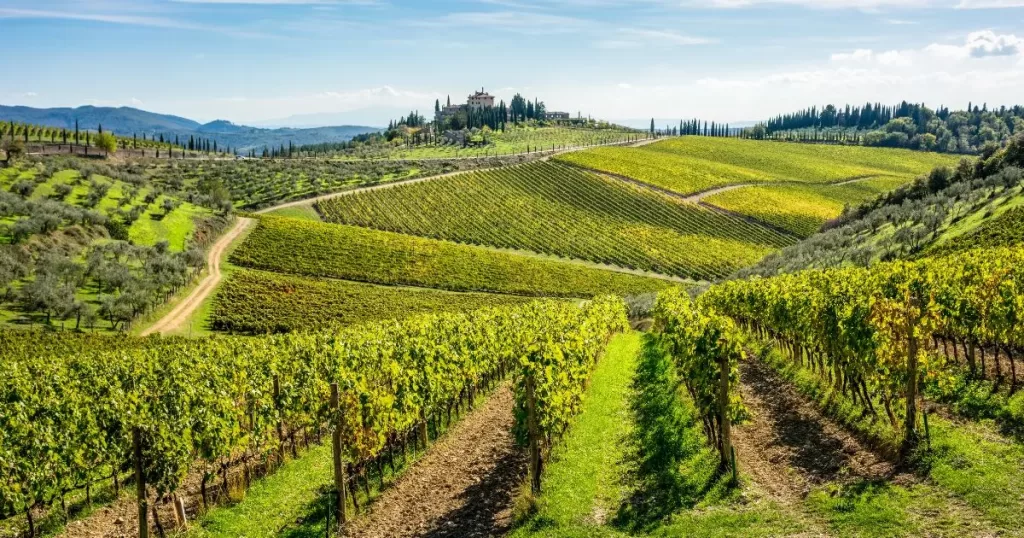
However, Sangiovese is assuredly 'not' the beginning and end of the story of Tuscan winemaking. For example, the 1970s saw the rise of 'Super Tuscans,' an unofficial term used to describe several high-quality Tuscan wines that were - for one reason or another - excluded from receiving DOC or DOCG status by breaking traditional Italian winemaking norms. Regardless of local labeling, a number of these wines achieved critical acclaim, as well as commercial success, and ended up becoming 'cult wines' that commanded high prices. Over the ensuing decades some of these 'Super Tuscans' were granted DOC or DOCG status - although it can be argued that such status detracted from their 'cult' mystique as 'rogue labels.' Aside from the controversial 'Super Tuscans,' other wines have also seen success across Tuscany, such as Syrah, Merlot, and Cabernet Sauvignon.
Tight regulations and quality standards aside, climate is perhaps the foremost factor in Tuscany's success. The region's warm and temperate coastline is flanked by inland hillsides and mountains, which help temper the region's searing summers, which in turn contributes to increased temperature variation. This temperature variation between the hills, mountains, and warm coastline helps balance the sugars and acidity of the region's grapes. Sangiovese performs best when it receives maximum direct sunlight, and as such the hilly terrain of the region is almost tailormade for this grape, with the majority of the area's vineyards being planted at elevations of between some five hundred and sixteen hundred feet. This higher elevation further increases temperature variance, which further increases the balance of sugar and acidity.
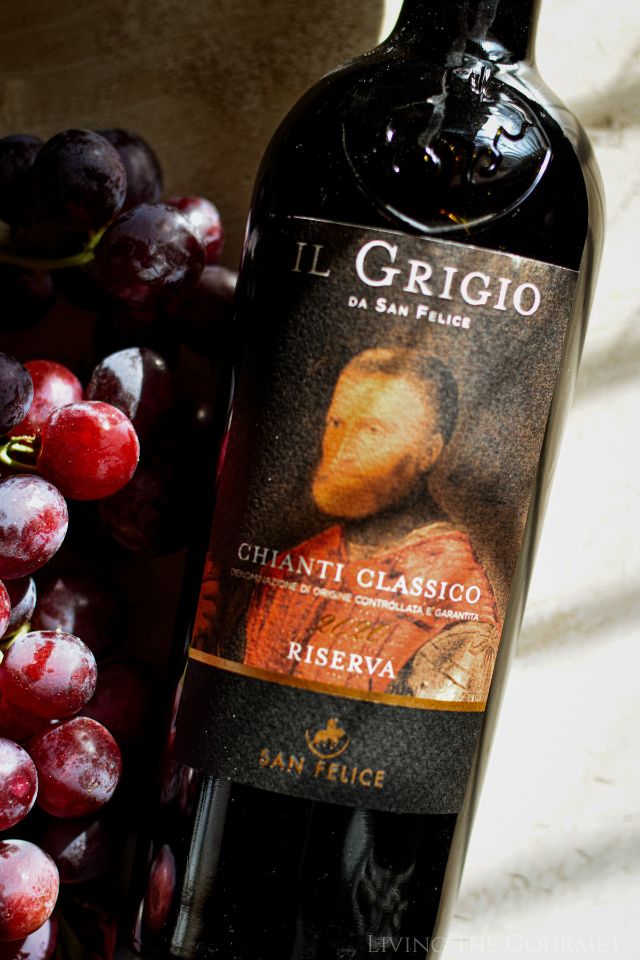
The Bottle - A Showcase
Today we're reviewing a 2020 San Felice Chianti Classico.
Tasting and Aromatics - The Review
The San Felice Chianti Classico introduces itself with an elegant bouquet, featuring notes of juniper and fresh strawberries off the top of the glass, alongside hints of olive and tobacco leaf. Deeper into the glass, on the second whiff, ripe red berry notes come through, with hints of dried flowers and cherry. On the palate, the wine is medium to full-bodied, with fresh acidity and integrated tannins, while the berry notes from the bouquet carry over pleasantly. Ending on a lingering finish, this was a very enjoyable wine from start to finish.

What to Eat - The Pairings
This is an excellent example of a Chianti Classico, and as such by-the-book, traditional Chianti pairings are the way to go. What does that mean? Here's the crash course;
- Red Sauces: Pasta with tomato-based sauces, such as spaghetti marinara or penne arrabbiata.
- Red Meat: Grilled or roasted red meats, such as steak, lamb chops, and boar, are all delicious pairings with a Chianti Classic. Consider preparing these meats thoroughly herbed with plenty of garlic.
- Charcuterie: Italian-style cured meats and aged cheeses, like prosciutto, salami, or Parmigiano-Reggiano. Simply put, you can never go wrong serving a Chianti alongside a lush antipasto board.
- Tuscan Cuisine: This one should be obvious, but Tuscan cuisine pairs deliciously with Tuscan wine. That means dishes like bistecca alla Fiorentina (Florentine steak) or wild boar ragu.
- Creative Pizzas: Don't hate me for saying this, but a Margherita pizza would pair deliciously with this wine. For more traditional pizza pairings, opt for Neapolitan pizza, pizza with fresh mozzarella and basil.
- Roasted Vegetables: Roasted vegetables, especially those with earthy flavors like mushrooms or eggplant, are delicious alongside this wine. That also means eggplant parm is a safe, and delicious, bet.
- Bruschetta: Especially paired with fresh tomatoes, garlic, and basil. Extra points if you drizzle it with a balsamic glaze.
- Risotto: Creamy risotto, with plenty of mozzarella, preferably layered with mushrooms or sausage would be delicious.
- Hardy Fair: Think grilled sausages, meatballs, and hearty stews.
- Dark chocolate desserts: Things like flourless chocolate cake or chocolate mousse, would pair deliciously with a Chianti Classico.
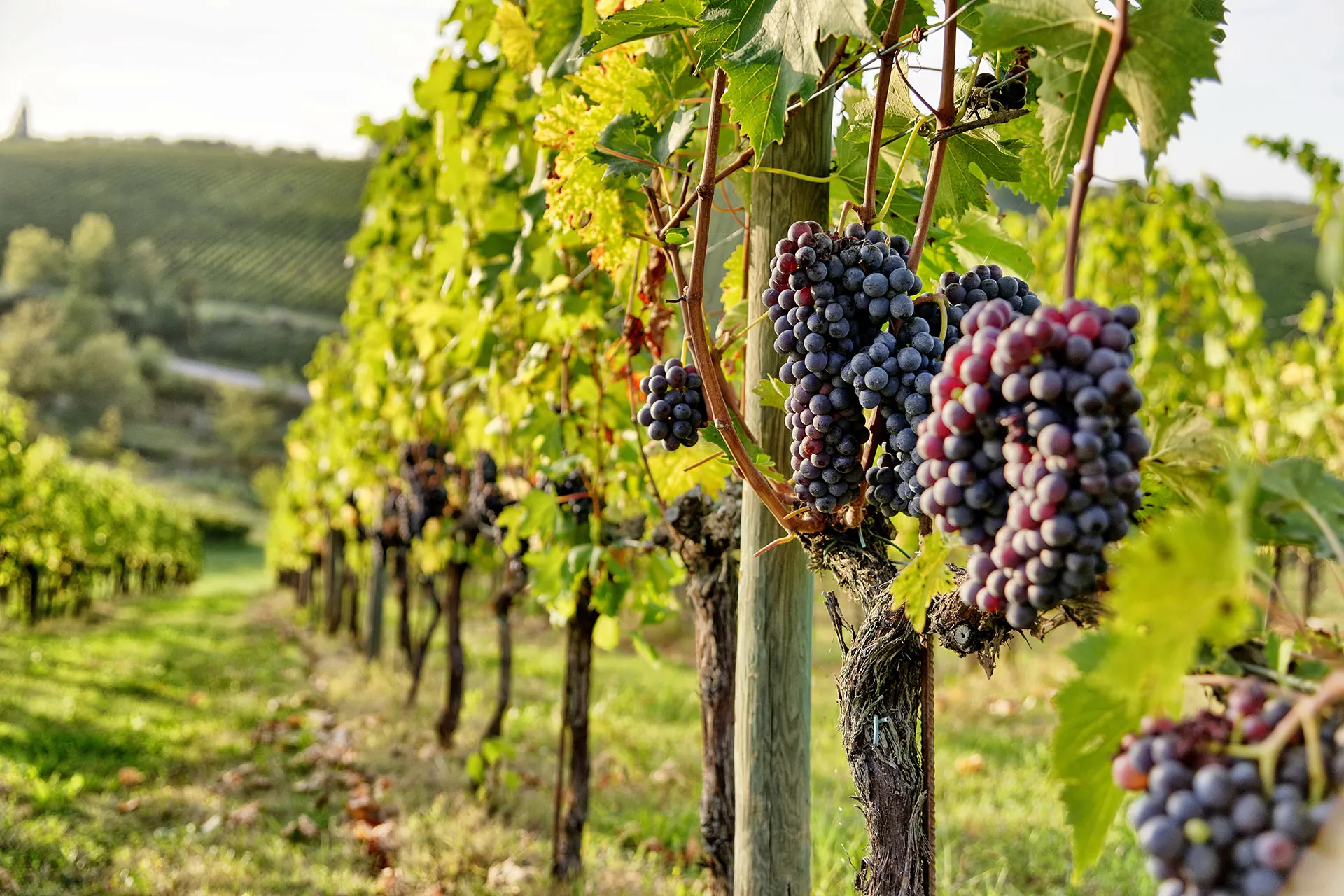
And that's our review of San Felice's 2020 Chianti Classico. If you enjoyed today's feature, tried the wine, or have any questions or suggestions be sure to let us know in the comments below. We always love hearing from you!
Cheers!
1
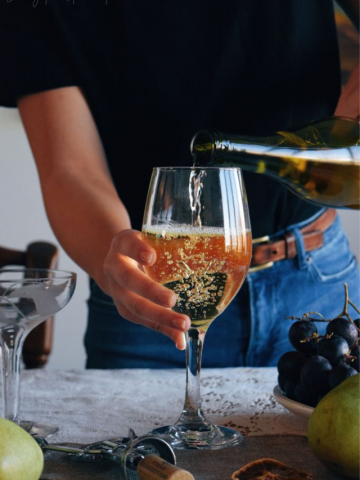
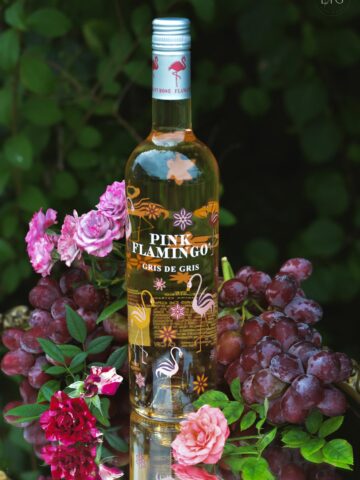
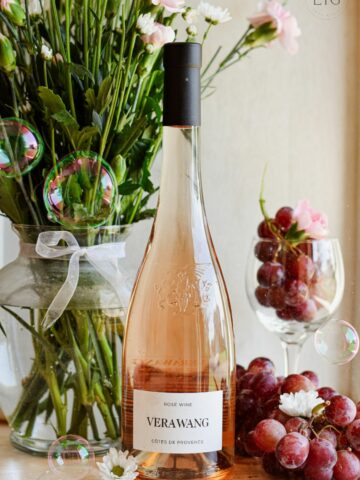
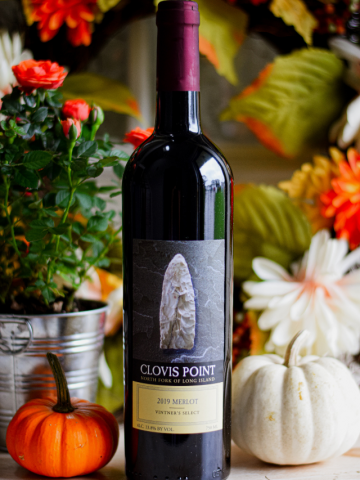
Beth says
I can almost taste a nice spaghetti with this. I definitely have to get a bottle of this for our dinners!
Melissa Cushing says
This wine sounds incredible and I may have to look into picking up a bottle of this one. I have a new wine fridge and I am working on filling it up!
Yeah Lifestyle says
This chianti sounds so good. The fragrance notes also sound amazing which means it must taste so good. Thank you for suggesting good foods to pair it with.
Hari says
Although I am not a big wine fan, this one sounds fantastic. Thanks for recommending it!
Karen says
I love tasting new wines...I never had wines from Chianti but I heard a lot about it...The Chianti Classico wine seems delicious....
Sue-Tanya Mchorgh says
This blog post beautifully captures the allure of Tuscany's wine country, highlighting the unique terroir that shapes its renowned Chianti wines. The description of the region's landscape and climate sets the stage for an exciting exploration of San Felice's 2020 Chianti Classico. I'm eager to learn more about the tasting experience and discover the perfect pairings to accompany this esteemed wine. Here's to embracing the essence of Tuscany in every sip!
Clark says
I had been saving a bottle of Chianti Classico for a special occasion, and I decided to open it on our anniversary. We toasted to our love and happiness, and savored the rich and complex flavors of the wine, complemented by a delicious cheese platter. We cuddled on the couch and watched our favorite movie, feeling cozy and content, and grateful for each other and the simple pleasures of life.
Jenny says
Thanks for sharing your thoughts, reading this made me want to enjoy a really lovely bottle, paired with the right food!